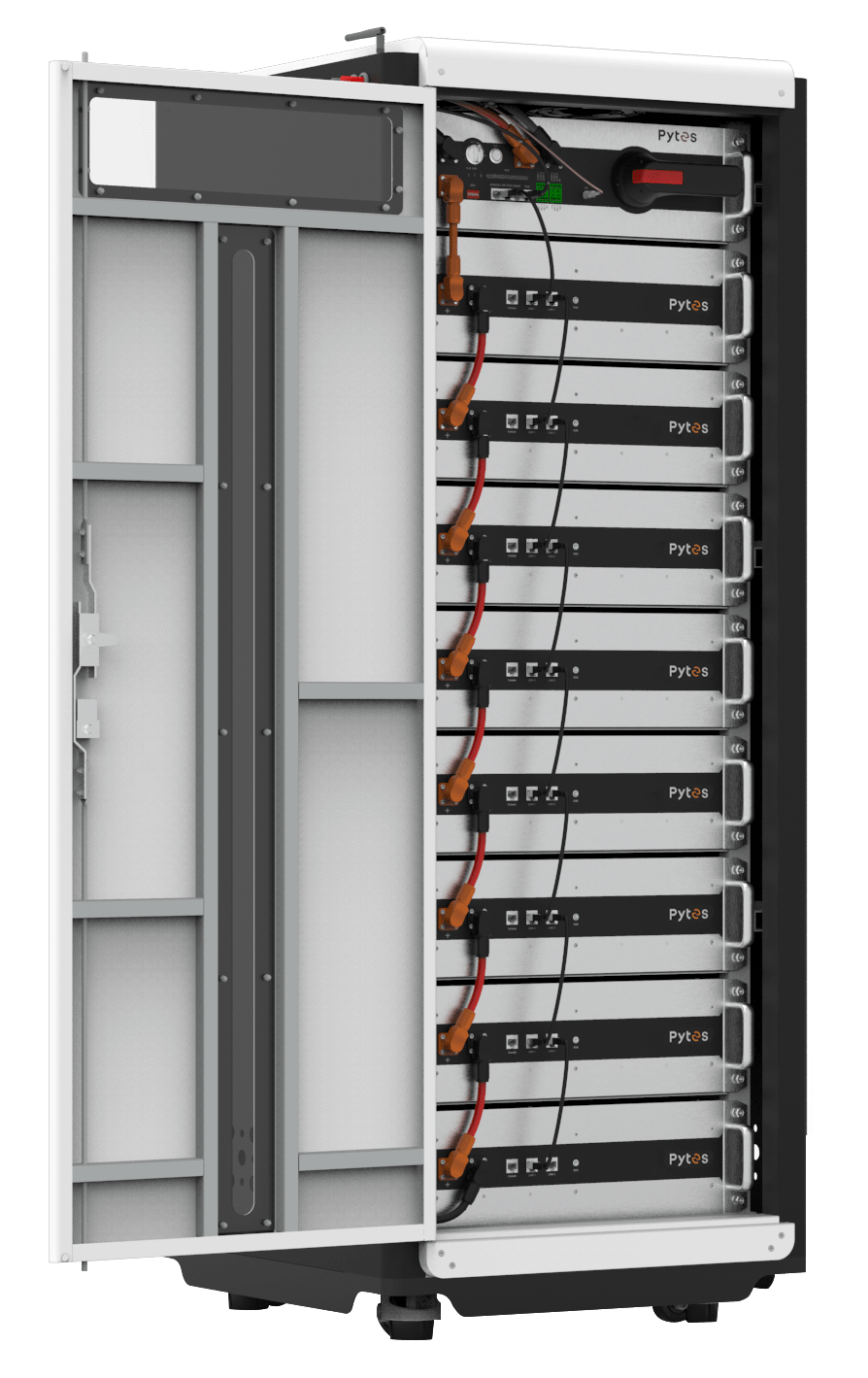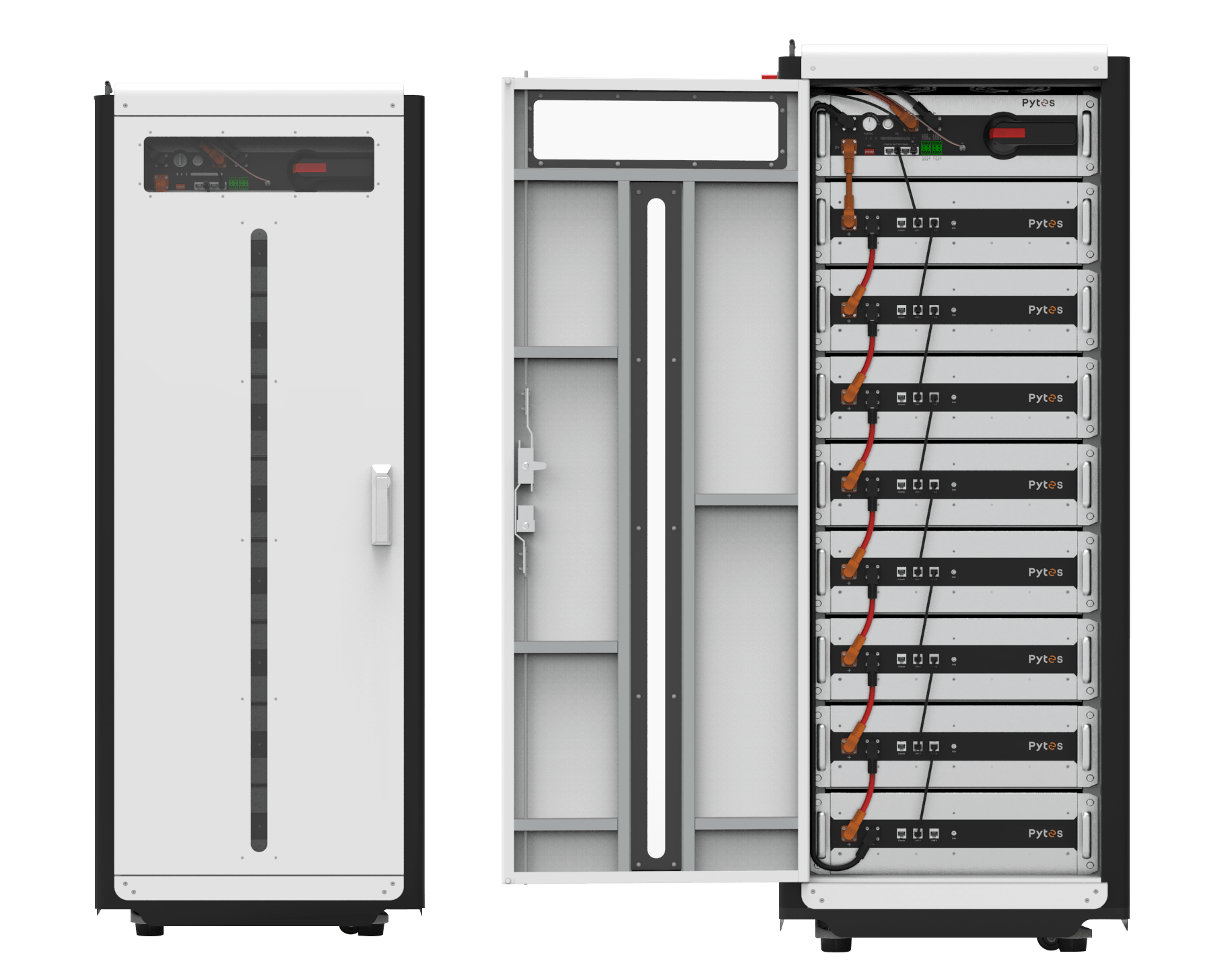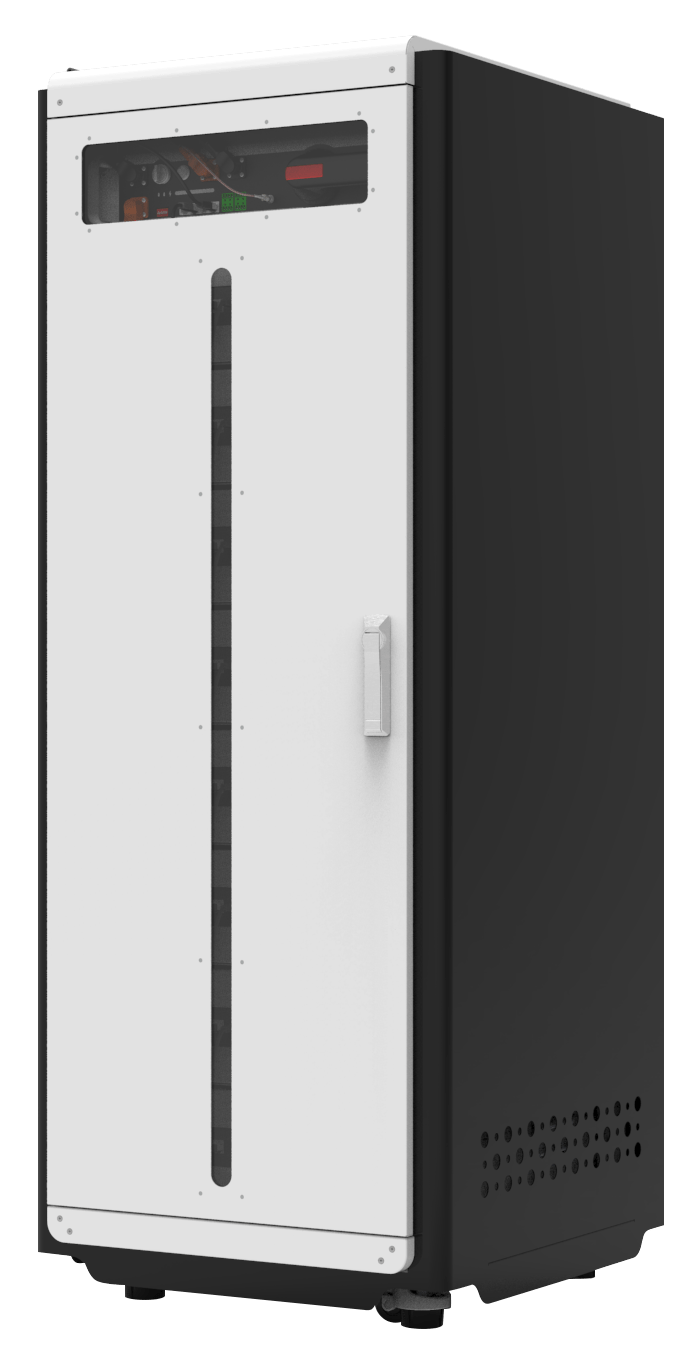Having a photovoltaic system is an important step towards energy independence, and a photovoltaic system equipped with battery storage offers even greater independence. The reason is obvious: with a storage system, more self-generated energy can be used flexibly. With the right solution, a reliable power supply can be guaranteed even in the event of a grid failure.
Advantages of PV Systems with Battery Storage
A. Energy Independence
Reduced Reliance on the Grid: By storing excess energy, PV systems with battery storage reduce reliance on the grid, providing homeowners and businesses with greater energy independence.
Grid Outage Resilience: During power outages, PV systems with battery storage can continue to supply electricity, ensuring uninterrupted operation of critical appliances and systems.
B. Cost Savings
Time-of-Use Optimization: Battery storage allows users to take advantage of time-of-use electricity pricing, storing energy when rates are low and using it during peak hours, thereby reducing electricity bills.
Reduced Peak Demand Charges: By utilizing stored energy during peak demand periods, PV systems with battery storage help to reduce peak demand charges imposed by utility companies.
C. Environmental Benefits
Renewable Energy Utilization: PV systems with battery storage enable homeowners and businesses to maximize the use of renewable energy, reducing reliance on fossil fuels and contributing to a cleaner environment.
Carbon Footprint Reduction: By reducing dependence on the grid and fossil fuel-based electricity, these systems help to lower carbon emissions, mitigating the effects of climate change.

Applications of PV Systems with Battery Storage
1.Residential Applications
A. Energy Self-Sufficiency: PV systems with battery storage empower homeowners to generate and store their electricity, reducing dependence on traditional utility providers.
B. Off-Grid Living: For remote or off-grid households, PV systems with battery storage offer a reliable and sustainable power solution, providing electricity even in the absence of a grid connection.
C. Emergency Power Backup: During natural disasters or grid failures, these systems ensure a continuous supply of electricity, powering essential appliances and keeping families safe and connected.
2.Commercial Applications
A. Demand Response: PV systems with battery storage allow commercial establishments to reduce peak demand charges by using stored energy during periods of high electricity consumption.
B. Load Shifting: Businesses can optimize their energy usage by storing excess solar energy during low-demand periods and using it during peak hours, effectively managing costs and ensuring uninterrupted operations.
C. Sustainability Leadership: By adopting PV systems with battery storage, commercial entities can demonstrate their commitment to sustainability, attracting environmentally conscious customers and stakeholders.

Pytes HV48100:Residential or Commercial Energy Solutions
Pytes HV48100 is an innovative photovoltaic power storage battery manufactured by Pytes. This battery is designed to integrate battery packs, high-voltage control boxes, and battery management systems, making it a versatile distributed energy storage system. It finds extensive applications in charging stations, buildings, factories, and other scenarios to fulfill various functions such as peak load regulation, emergency backup power supply, and weak current system photovoltaic energy storage.
1.All-in-One Design:
The Pytes HV48100 features an integrated design, where the battery pack, high-voltage control box, and battery management system are housed within a cabinet with an IP20 protection rating. This streamlined design simplifies the installation process, ensuring that homeowners in off-grid areas can easily set it up.
2.Peak Regulation and Emergency Backup Power:
One of the outstanding capabilities of the HV48100 is its ability to regulate peak energy demand by storing excess energy generated during hours of maximum sunlight. This stored energy can be utilized during periods of low sunlight or high energy demand, guaranteeing a stable and uninterrupted power supply. Additionally, the HV48100 serves as an emergency backup power system, ensuring continuous power supply during grid disconnection or system failures.
3.Expandable System:
The Pytes HV48100 supports system expansion and allows the connection of up to 15 units in series. This scalability empowers off-grid homeowners to flexibly meet their changing energy storage requirements. Whether it involves expanding the system to accommodate growing energy needs or integrating multiple devices through an intelligent control system, the HV48100 can readily adapt to evolving off-grid demands. This scalability feature ensures that off-grid residents can easily adjust the energy storage capacity according to lifestyle changes or varying energy needs.
4.High-Performance Battery Technology:
The Pytes HV48100 utilizes high-performance LFP (lithium iron phosphate) energy storage batteries. These batteries are equipped with Pytes' independent battery management system, which guarantees exceptional safety, reliability, and service life. The LFP battery boasts a cycle life exceeding 6,000 times, ensuring long-term usage without compromising performance. Furthermore, these batteries exhibit a cycle efficiency of up to 95%, maximizing the utilization of stored energy and minimizing wastage.
5.Rapid Charging:
Off-grid residents benefit from the HV48100's short charging time. With a peak continuous output of 2.56KW per module, the HV48100 can be fully charged in just 2 hours. This swift charging time ensures rapid delivery of energy, reducing downtime and providing homeowners with a dependable power supply.
Conclusion
PV systems with battery storage offer a reliable, cost-effective, and sustainable energy solution for both residential or commercial applications. These systems not only reduce dependence on the grid but also contribute to environmental conservation and energy independence. As technology continues to advance, the future of PV systems with battery storage looks promising,poised to transform the way we generate, store, and utilize solar energy.



